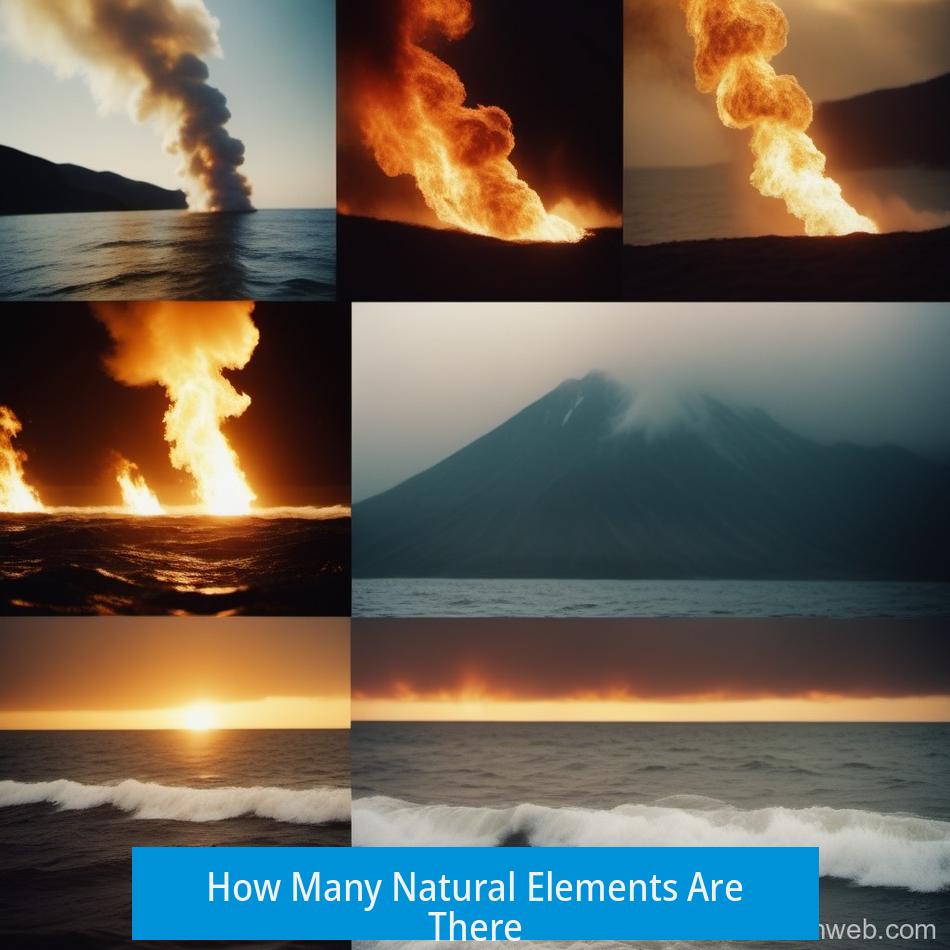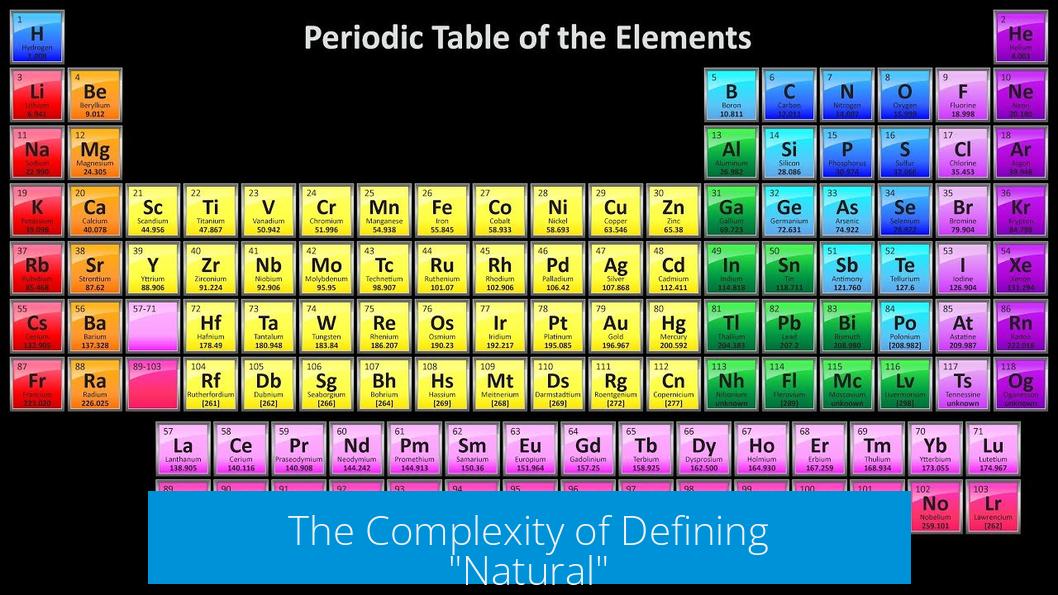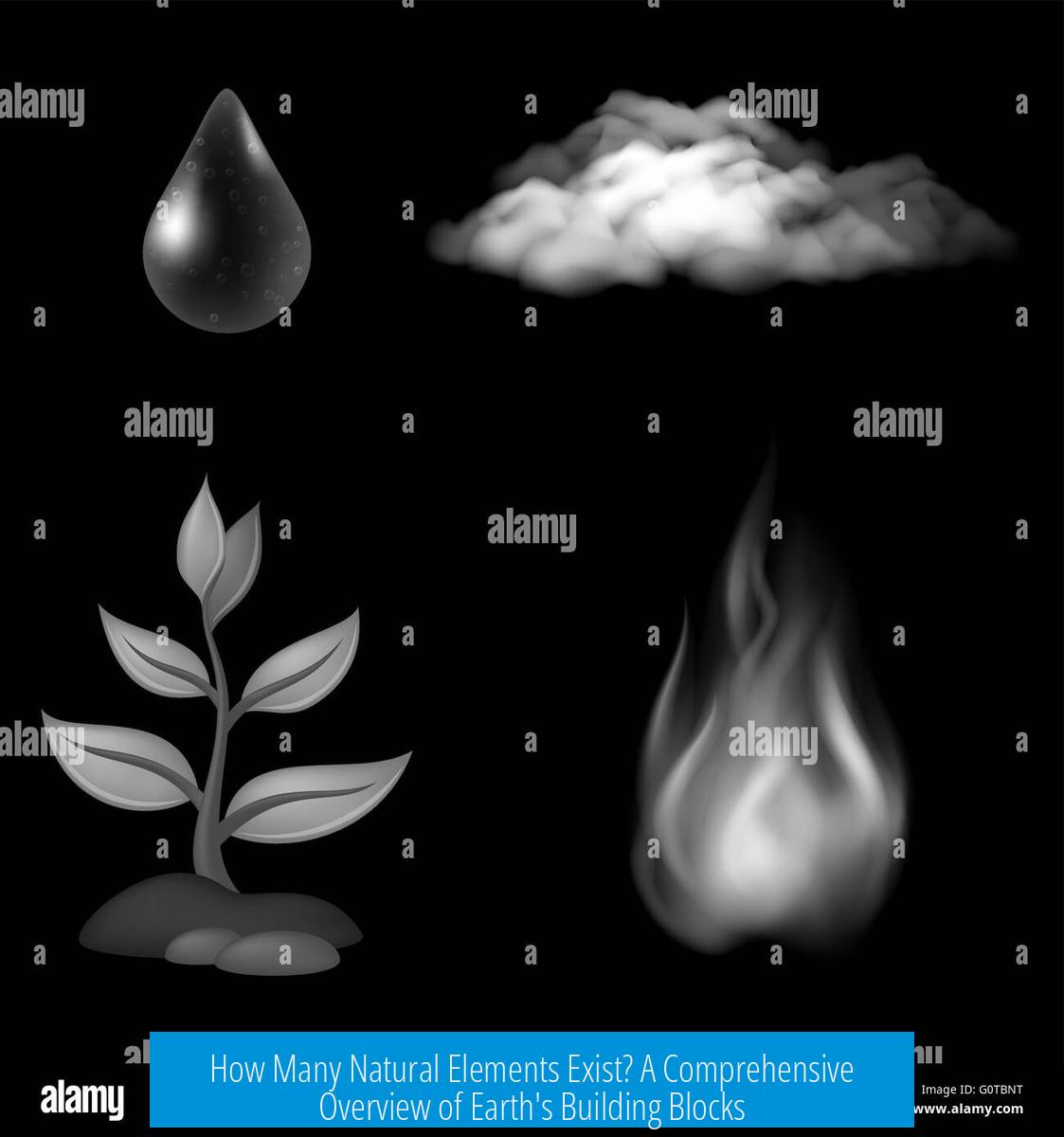How Many Natural Elements Are There?

There are 92 natural elements occurring on Earth, including some elements with only trace natural isotopes previously considered synthetic. This count depends on defining “naturally occurring” and the criteria for presence in nature.
Clarifying Natural Elements
Natural elements are those found in the Earth’s crust, atmosphere, or living organisms without human intervention. Most elements from hydrogen (1) to uranium (92) occur naturally. Beyond uranium, elements are generally synthetic.
However, some elements first created artificially later appeared in trace natural amounts due to radioactive decay chains. These include technetium (43Tc), promethium (61Pm), astatine (85At), neptunium (93Np), and plutonium (94Pu).
Elements with Trace Natural Existence
- Francium (Fr): A highly unstable element with isotope 223Fr, produced from uranium-235 decay, has a half-life of 21.8 minutes. Estimated Earth’s crust content is about 25 grams at any time, but it quickly decays.
- Technetium, Promethium, Astatine, Neptunium, Plutonium: Present only in vanishingly small quantities naturally. Extraction is impractical due to their scarcity and rapid decay.
These elements challenge the strict natural-synthetic divide since they occur in nature only fleetingly or in trace forms.
The Complexity of Defining “Natural”

The total number of natural elements varies based on what counts as “naturally occurring.” Some sources exclude trace radioactive elements due to their minimal and transient nature.
| Element | Atomic Number | Natural Occurrence | Remarks |
|---|---|---|---|
| Hydrogen to Uranium | 1-92 | Commonly natural | Stable and radioactive isotopes present |
| Francium | 87 | Trace | Short half-life, ~25g in crust estimated |
| Technetium, Promethium | 43, 61 | Trace | Rare decay products, no stable isotopes |
| Astatine, Neptunium, Plutonium | 85, 93, 94 | Trace | Confirmed natural presence from decay chains |
Extraction and Practical Considerations
Elements like francium and technetium occur only in tiny amounts and decay rapidly. Extracting usable quantities requires processing immense amounts of ore, making it practically impossible.
For example, processing the entire Earth’s crust could yield only about 25 grams of francium, half of which decays every 22 minutes.
Key Takeaways
- Approximately 92 elements occur naturally up to uranium (atomic number 92).
- Five elements previously considered synthetic appear in trace natural quantities.
- Francium exists naturally but is extremely rare and short-lived.
- Extraction of these rare natural isotopes is impractical due to scarcity.
- Defining natural elements depends on criteria and detection sensitivity.
How many elements are considered naturally occurring?
There are about 90 to 95 elements naturally occurring. The exact count varies depending on whether trace amounts of rare elements are counted as natural or synthetic.
Are some elements usually called synthetic actually found in nature?
Yes. Elements like technetium (Tc), promethium (Pm), and plutonium (Pu) were first made artificially but have been found in tiny natural amounts.
Why is francium so rare despite being natural?
Francium occurs naturally as isotope 223Fr. It forms during uranium decay but decays quickly, with a half-life of about 22 minutes, so it never accumulates in large amounts.
Can rare natural elements be extracted in usable amounts?
Most rare natural elements exist only in trace amounts too small to extract efficiently. For example, to get grams of radium or polonium, huge amounts of ore must be processed.
Does the definition of ‘natural element’ affect the total count?
Yes. If we include elements naturally found in trace amounts but mostly made artificially, the number of natural elements increases slightly.





Leave a Comment